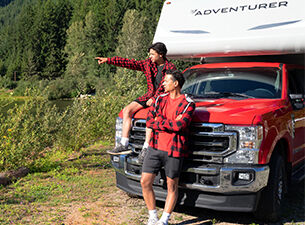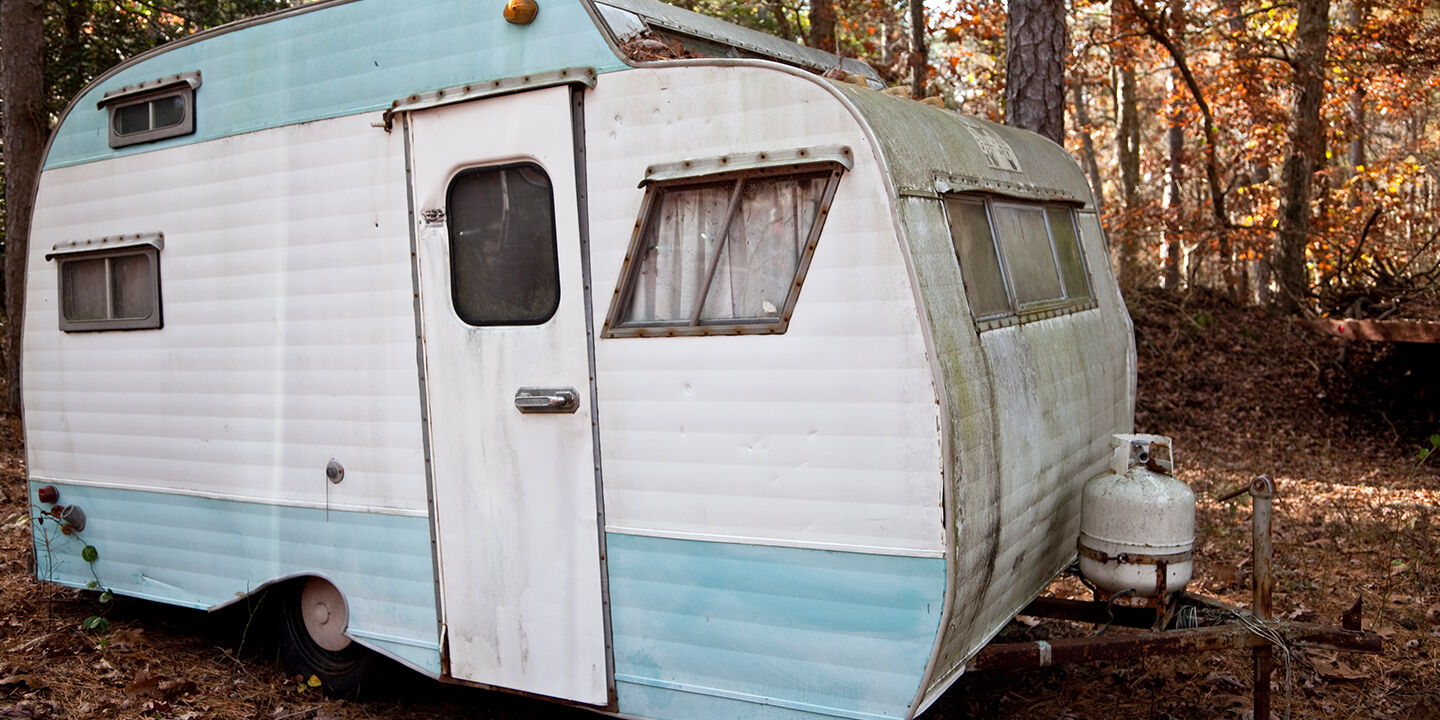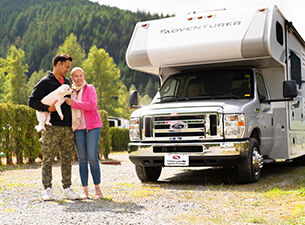
Getting Started
5 Wrong Ways To Buy A Used RV

When we put our “how to” guides together, our goal is to help make your RVing experience as hassle-free as possible – that includes things that you should avoid at all costs!
Today, we’re tackling a common question:
I want to buy a used RV. What sort of ‘red flags’ should I watch out for? This is all pretty new to me.
We’re glad you asked! Here are the five wrong ways to buy a used RV – and what to do instead.
- Have no way to tow your new RV. You’re ready to buy your new towable unit, you’ve researched all the different types and sizes and found the perfect one for you. But . . . how are you going to tow it off the lot? Does your truck or SUV have the proper hook-up capacity? What’s your vehicle’s towing capabilities? What’s the size of the engine and differential? These answers can be found in your owner’s manual; if you want a second opinion, bring your owner’s manual to your local Fraserway dealer and we will help you find the right RV for your vehicle – saving you from the added expense of upgrading your vehicle or having a very stationary RV.
- Buy for the moment, not long-term. Buying an RV is a long-term investment, and it’s important to consider how your current lifestyle may evolve. For example, maybe you just want a truck camper for now, but what happens if you start a family and have kids? Or, if your family loves to travel together but your kids are older, will you need a fifth wheel or class A motorhome when it’s just the two of you? Of course, it’s always an option to trade in your current RV for one that better suits your needs, but a little foresight can save a lot of hassle – and money – later on.
- Choose an RV because it has a pretty colour. Don’t get us wrong. Your RV’s exterior deserves to look attractive, and it should. However, if you’re purchasing a previously owned RV, you’ll definitely want to look further than skin-deep. Is the frame bent? Is the hitch cracked? Are the axles out of shape? Is the exterior laminate damaged? Are there cracks in the caulking? Does the roof leak? Are there any water stains? Is anything rotting? These red flags don’t necessarily have to be deal-breakers (as repairs can be made), but they shouldn’t be ignored. Request that the current owner either gets a professional inspection or shows record of maintenance and inspection. After all, the last thing you want is for your RV to start falling apart the moment you drive off in it.
- Exchange cash for the RV, no questions asked. You’ll need to make sure whether or not there’s a lien in place. First off, what does “lien” mean? We’re glad you asked. A lien is a security interest over a piece of property used to secure the repayment of debt. That’s the dictionary definition, at least. Here’s the simple explanation: if the person from whom you are buying still owes money on the RV, then there’s a lien in place – and you won’t actually legally own it or be able to have it insured in your name. To get around this issue, request the original paperwork from when the owner bought the RV, and contact the respective financial institution for how to best proceed.
- Drive without testing anything. Similar to the human body, nearly all of an RV’s infrastructure is below the surface: propane lines, appliances, water tanks and pipes and the septic system. It’s always best to get a second opinion, so have an authorized RV technician do a full inspection.
More questions? Contact your local Fraserway RV Service Team today!







